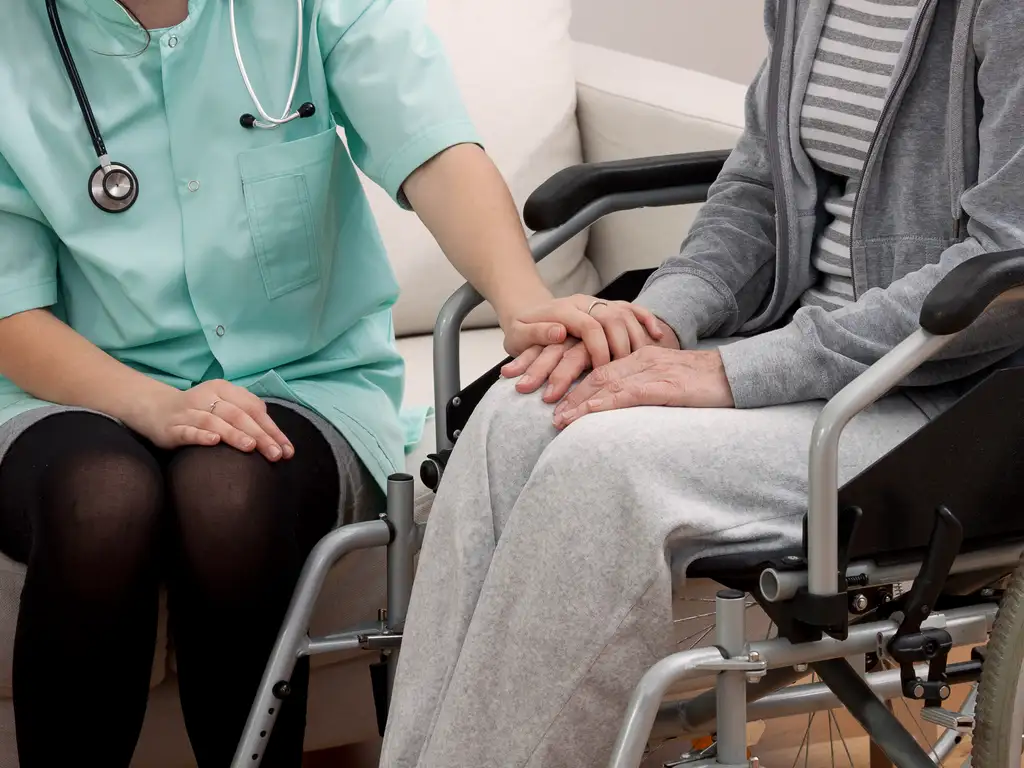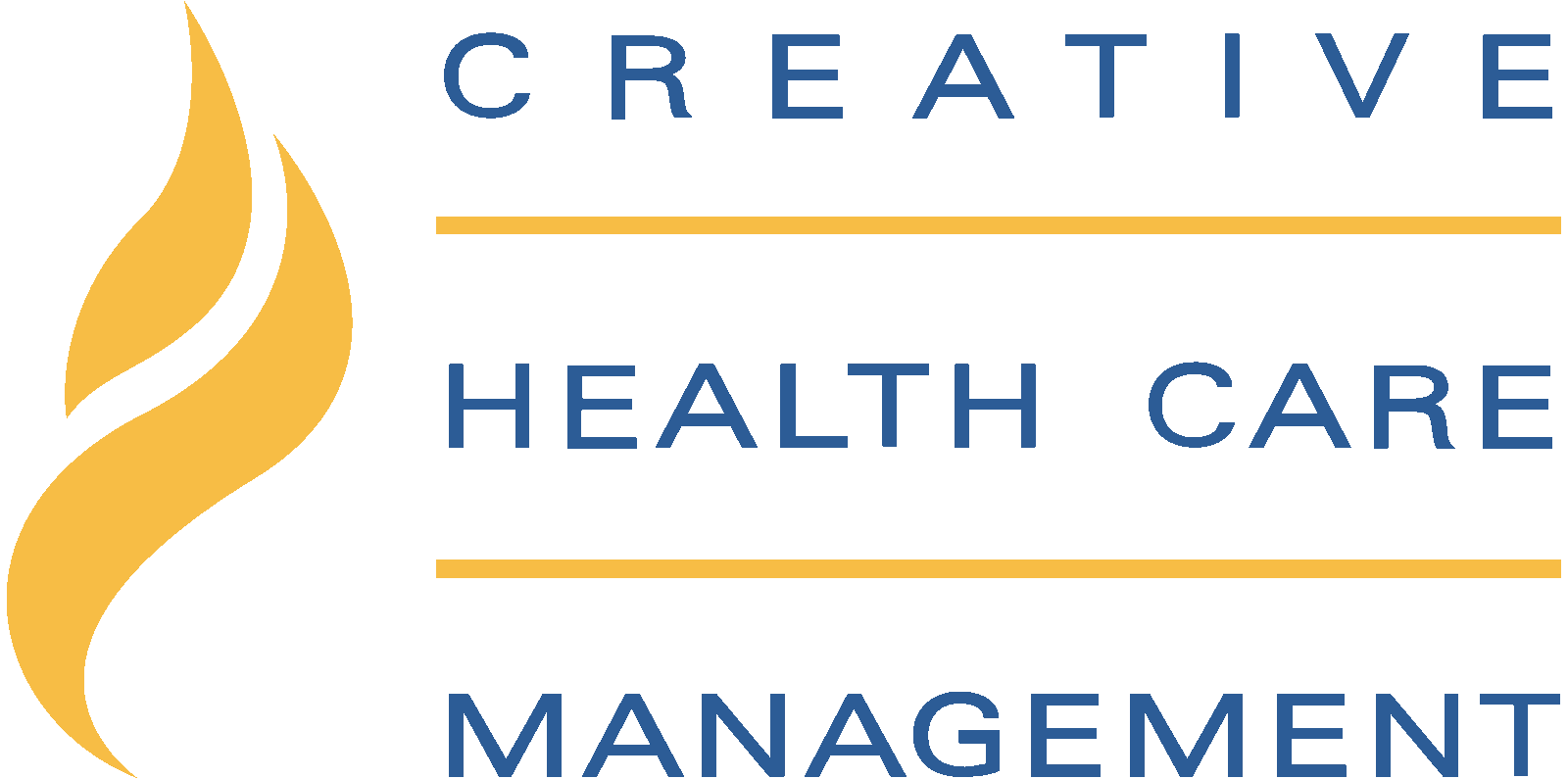Have you ever considered how increased patient satisfaction and experience with a health care providers can impact the overall health journey? As healthcare continues to evolve, understanding and improving both patient care and the patient experience has become a crucial aspect for health care organizations worldwide.
In this comprehensive guide, we’ll dive into the world of good patient experience, its impact on patient safety and patient satisfaction, and the various methods and strategies for enhancing it. Ready to unlock the power of patient experience? Let’s get started!
Short Summary
- Good patient experience is all about ensuring patients are heard, respected and satisfied with their health care experience.
- Health care organizations can use standardized patient experience surveys, quality measures, & patient focus groups to measure patient satisfaction & feedback.
- By empowering healthcare professionals and care teams to use four therapeutic practices taught in the See Me as a Person workshop you can improve the overall patient experience leading to better health outcomes, increased loyalty & financial performance.

Defining Patient Experience
Imagine healthcare systems where every interaction with healthcare professionals and providers leaves you feeling heard, respected, and satisfied. That’s the ultimate goal of patient experience! It encompasses all aspects of a patient’s journey within the healthcare system, including:
- Communication
- Accessibility
- Empathy
- Respect
Understanding patient experience is vital for healthcare facilities looking to provide tailored, personalized care and improve patient safety and quality medical care through patient experience measures, such as patient experience surveys.
Interactions with Providers
Healthcare providers play a crucial role in shaping patient experience. Healthcare research shows that providers that are able to empathize, respect, and provide accessible health care services can directly influence patient perceptions and engagement. When patients feel genuinely heard and supported, they are more likely to trust their healthcare providers and adhere to care plans, ultimately leading to improved health outcomes.
So, how do we measure such interactions? CAHPS surveys focusing on communication and accessibility. are a standardized method for assessing patient experience.
Patient-Centered Care
Patient-centered care is all about understanding the unique needs and preferences of each patient, ensuring a holistic approach to their healthcare journey. This approach acknowledges the humanity of patients, focusing on their physical, mental, and social well-being, as defined by the World Health Organization.
When organizations prioritize patient-centered care, they can positively influence patient perceptions and create a supportive environment that fosters engagement and adherence to care plans.

The Impact of Patient Satisfaction on Patient Experience
Patient satisfaction is a key component of patient experience, influenced by the extent to which their expectations are met and the quality of care received. In fact, patient satisfaction and patient experience are two different but interconnected aspects of the healthcare system.
Research shows that hospitals with excellent customer experience have net margins that are 50% higher, on average, than those providing only average customer experience. So, how do we measure and understand patient satisfaction?
Measuring Patient Satisfaction
Assessing patient satisfaction involves evaluating various aspects of care, such as communication, accessibility, and overall quality. Qualitative and quantitative methods like surveys, interviews, focus group discussions, and patient forums offer valuable insights into patient satisfaction levels, ultimately shaping improvement efforts.
Patient feedback is essential for identifying areas of improvement, ensuring that patients receive the best care possible, and enhancing patient loyalty and satisfaction.
The Role of Expectations
Expectations play a significant role in determining patient satisfaction. Meeting or exceeding these expectations can lead to a positive patient experience. Interestingly, two patients who receive the same care can have different patient satisfaction scores if they have different expectations for their care experience.
This highlights the importance of understanding and managing patient expectations to optimize good patient experience and satisfaction.
Assessing Patient Experience: Tools and Techniques
With the significance of patient experience in the healthcare landscape, it’s essential to have reliable tools and techniques to assess it. From standardized surveys like HCAHPS to focus groups and patient feedback, various methods can be employed to gain a comprehensive understanding of the patient journey.
These tools can help healthcare organizations identify areas for improvement and guide their quality improvement efforts.
CAHPS Surveys
CAHPS surveys, managed by the Agency for Healthcare Research and Quality (AHRQ), provide a standardized method for measuring patient experience. These surveys focus on key elements of care, including:
- Communication
- Access to care and information
- Customer service
- Coordination of care
By offering standardized and validated measures of patient experience, CAHPS surveys enable providers, consumers, and other stakeholders to trust the insights they provide.
HCAHPS Programs
HCAHPS (Hospital CAHPS) is a survey conducted by the Centers for Medicaid & Medicare Services (CMS) to assess patient experience and satisfaction in healthcare settings. HCAHPS programs aim to incentivize healthcare organizations to improve the quality of care by focusing on patient satisfaction and experience.
The HCAHPS survey, also known as the Hospital Consumer Assessment of Healthcare Providers and Systems, covers aspects such as:
- Communication with doctors and nurses
- Responsiveness of hospital staff
- Pain management
- Communication about medicines
- Discharge information
- Cleanliness of the hospital environment.
Focus Groups and Patient Surveys
Focus groups and patient surveys offer valuable insights into the patient journey, helping many health systems identify areas for improvement. By gathering qualitative data and in-depth human experience and perspectives, these methods can provide invaluable information for enhancing patient experience and patient engagement.
Additionally, an organization’s culture and willingness to create a positive association to the patient’s experience will improve timely care and quality measures. Patient engagement health affairs such as listening to the patients perspectives about their healthcare experience, can help identify gaps in the healthcare setting intensive care unit, general internal medicine, and other care delivery and areas where nursing care providers can improve communication and accessibility.
Strategies for Enhancing Good Patient Experience
Implementing strategies to enhance patient experience can lead to improved satisfaction, health outcomes, and loyalty. These strategies can include streamlining communication, empowering care teams, and implementing innovative technology to optimize patient experience.
Let’s take a closer look at these strategies and their potential benefits.
Streamlining Communication
Effective communication between patients and healthcare providers is crucial in building trust and improving the overall patient experience. By streamlining communication processes, organizations can enhance productivity, access to information, and understanding of information, ultimately fostering a more positive patient experience.
Smooth communication channels can also help providers better understand patients’ needs and preferences, leading to more personalized care and improved patient satisfaction.
Empowering Care Teams
Collaboration and engagement among care teams can lead to better care delivery and a more positive patient experience. Empowering care teams involves fostering a culture of teamwork, accountability, and continuous improvement, resulting in numerous benefits such as improved job satisfaction, lower staff turnover, and better overall performance.
By focusing on care team empowerment, healthcare organizations can ensure a more patient-centered approach to care delivery, further enhancing the patient experience.
Implementing Innovative Technology
Innovative technology can help healthcare organizations optimize patient experience by increasing access to resources and improving communication. Technologies such as remote patient monitoring devices allow healthcare systems to provide virtual care while transmitting real-time health data to providers. The adoption of such technologies has surged in recent years, particularly due to the COVID-19 pandemic.
By embracing innovative technology, organizations can enhance patient experience, leading to improved health outcomes, higher patient satisfaction, and a better reputation and loyalty within the health system.
The Benefits of Improving Patient Experience
Improving patient experience offers numerous benefits, including better health outcomes, enhanced reputation, and increased patient loyalty. When healthcare organizations prioritize patient experience, they can create a supportive environment that fosters engagement, adherence to care plans, and ultimately, improved health outcomes.
Additionally, satisfied patients are more likely to recommend a healthcare organization to others, leading to a stronger reputation and increased loyalty.
Health Outcomes
Positive patient experiences and family centered care can lead to improved health outcomes, as patients are more likely to adhere to medical advice and engage with their provider. By focusing on patient experience organizations can achieve the following benefits:
- Reduce medical malpractice risk
- Decrease hospital readmissions, complications, and mortality rates
- Improve patient safety
- Enhance clinical outcomes
These improvements can ultimately contribute to better business outcomes and a stronger reputation for the healthcare organization.
Reputation and Loyalty
A focus on patient experience can lead to a strong reputation and increased patient loyalty, as satisfied patients are more likely to recommend a healthcare organization to others. By continuously enhancing patient experience, healthcare facilities can not only attract and retain patients, but also foster a positive image in the community.
This positive reputation can further contribute to the financial performance and long-term success of the healthcare organization.
What is a Good Patient Experience?
A good patient experience is crucial in health systems, and it encompasses various aspects of healthcare quality and a patient’s journey. To ensure a good patient experience, medical care and health care providers focus on several key factors:
- Communication: Effective and clear communication between providers and patients is essential. Providers should actively listen to patients, explain diagnoses and treatment plans in a way that patients can understand, and address any concerns or questions patients may have.
- Empathy and Compassion: Healthcare professionals should demonstrate empathy and compassion towards their patients. This includes showing kindness, understanding, and respect, and considering the emotional and psychological needs of patients.
- Responsiveness: Prompt response to patient needs and concerns is crucial. This involves timely assistance with pain management, addressing requests for information or assistance, and ensuring that patients feel their concerns are heard and addressed.
- Patient Involvement: Engaging patients in their healthcare decisions and involving them in their treatment options and plans can enhance their experience. Encouraging patient participation, provide relevant patient resources and information, and respect patients’ choices and preferences.
- Physical Comfort: Patients should feel comfortable during their hospital stay. This includes factors such as maintaining cleanliness and hygiene, providing comfortable bedding, managing noise levels, and ensuring appropriate temperature control.
- Continuity of Care: Seamless transitions of care between different healthcare settings, such as from the hospital to home or rehabilitation, can positively impact patient experience. Coordinated care and effective discharge planning are important in ensuring a smooth transition and minimizing any disruptions or gaps in care.
The HCAHPS survey captures patients’ perspectives on these aspects and provides feedback to healthcare organizations. It covers topics like communication with doctors and nurses, responsiveness of hospital staff, pain management, cleanliness and quietness of the hospital environment, discharge information, and overall rating of the hospital.
By collecting and analyzing HCAHPS data, healthcare organizations can identify areas for improvement and implement strategies to enhance the patient experience. Ultimately, a good patient experience not only improves patient satisfaction but also contributes to better clinical outcomes and increased patient loyalty.
Summary
In conclusion, patient experience plays a vital role in shaping healthcare outcomes and the overall success of healthcare organizations. By understanding and prioritizing patient experience, healthcare providers can improve patient satisfaction, health outcomes, reputation, and loyalty. By implementing strategies such as streamlining communication, empowering care teams, and embracing innovative technology, healthcare organizations can unlock the true potential of patient experience and create a more patient-centered approach to decision making, treatment options, and care delivery. HCAHPS helps a provider offer tools to gain insight to the terms patient satisfaction can be offered to create a positive experience.
Frequently Asked Questions
What is the meaning of patient experience?
Patient experience refers to the interactions patients have with the healthcare system and its staff, including doctors, nurses, and other healthcare facility personnel.
These interactions can have a significant impact on the quality of care patients receive, as well as their overall satisfaction with the healthcare system.
What are examples of patient experience?
Patient experience can include things like getting timely appointments, access to health information, and having a good relationship with healthcare providers, as well as their overall health coverage and interactions with doctors, nurses, and hospital staff.
These experiences can have a significant impact on a patient’s overall health and wellbeing. It is important for healthcare providers to understand the importance of patient experience and strive to provide the best possible care.
By focusing on patient experience, healthcare providers can ensure that their patients are receiving the best care possible.
What is the importance of patient experience?
Patient experience is key to delivering quality healthcare. It measures how patients perceive their interactions with healthcare providers and facilities, evaluating factors such as overall satisfaction, trust, and confidence in their care.
Patient experience is an important metric for healthcare organizations to track and measure. It can help them identify areas of improvement and ensure that they are doing well.
How are patient satisfaction and patient experience related?
Patient satisfaction directly impacts the overall patient experience, as it reflects the quality of care patients have received and how well their expectations have been met.
It is important for healthcare providers to ensure that their patients are satisfied with the care they receive. This can be done by providing quality care, listening to patient feedback, and addressing any concerns they may have.
What strategies can healthcare organizations implement to enhance patient experience?
Healthcare organizations can improve patient experience by streamlining communication, empowering care teams, and implementing innovative technology.
By streamlining communication, healthcare organizations can reduce wait times and improve patient satisfaction. Care teams can be empowered to make decisions quickly and efficiently, leading to better outcomes for patients. Innovative technology.
Sources:
https://www.ahrq.gov/cahps/about-cahps/patient-experience/index.html
/hcahps-cahps-hospital-survey/
https://www.ncbi.nlm.nih.gov/pmc/articles/PMC7786717/
https://welkinhealth.com/patient-experience/
https://guidewaycare.com/what-is-patient-experience-and-why-is-the-concept-so-important/





